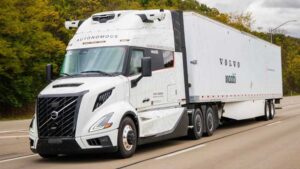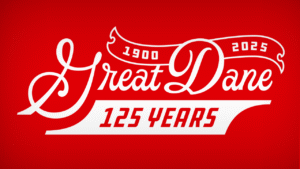COLUMBUS, Ind. — According to the North American Commercial Vehicle On-Highway Engine OUTLOOK, published by ACT Research and Rhein Associates in early September, economic indicators in recent months suggest the worst of the COVID-19 impact is in the rearview mirror. The report also explains the impact regulations will play on future commercial vehicle engine/powertrain demand.
“With COVID-related shutdowns and supply chain disruptions still unraveling, a meaningful spike in cases could impact supply chains and by extension, new vehicle production — at least on a short-term basis,” noted Kenny Vieth, president and senior analyst of ACT.
The Engine OUTLOOK highlights power-source activity for Class 5-8 commercial vehicles, including five-year forecasts of engines volumes and product trends. The report is tied to the detailed North American Commercial vehicle forecasts that are published monthly by ACT. The report benefits businesses and manufacturers in the commercial vehicle engine production supply chain, as well as any company following the investment value of engine OEMs and their suppliers.
“While the Advanced Clean Truck Rule currently is pushing to all but eliminate the diesel engine in new trucks for at least 15 states by 2050, internal combustion engine efficiency improvements will continue to be important,” said Andrew Wrobel, senior powertrain analyst for Rhein Associates.
When asked about alternative fuels, Wrobel said he expects limited market share growth for natural gas-powered Class 8 vehicles, adding that development of electric vehicles continues despite the COVID-19 pandemic.
“That said, each alternative fuel has its place,” Wrobel said. “Truck fleets remain the primary users of natural gas engines, with refuse the leading vocational application, while medium-duty applications are identified as a primary adopting group of electric commercial vehicles because of their urban applications, with limited daily mileage and most returning to base overnight for easier recharge. School buses are also good candidates for alternative fuels, from propane to natural gas to electric.”
The Trucker News Staff produces engaging content for not only TheTrucker.com, but also The Trucker Newspaper, which has been serving the trucking industry for more than 30 years. With a focus on drivers, the Trucker News Staff aims to provide relevant, objective content pertaining to the trucking segment of the transportation industry. The Trucker News Staff is based in Little Rock, Arkansas.















